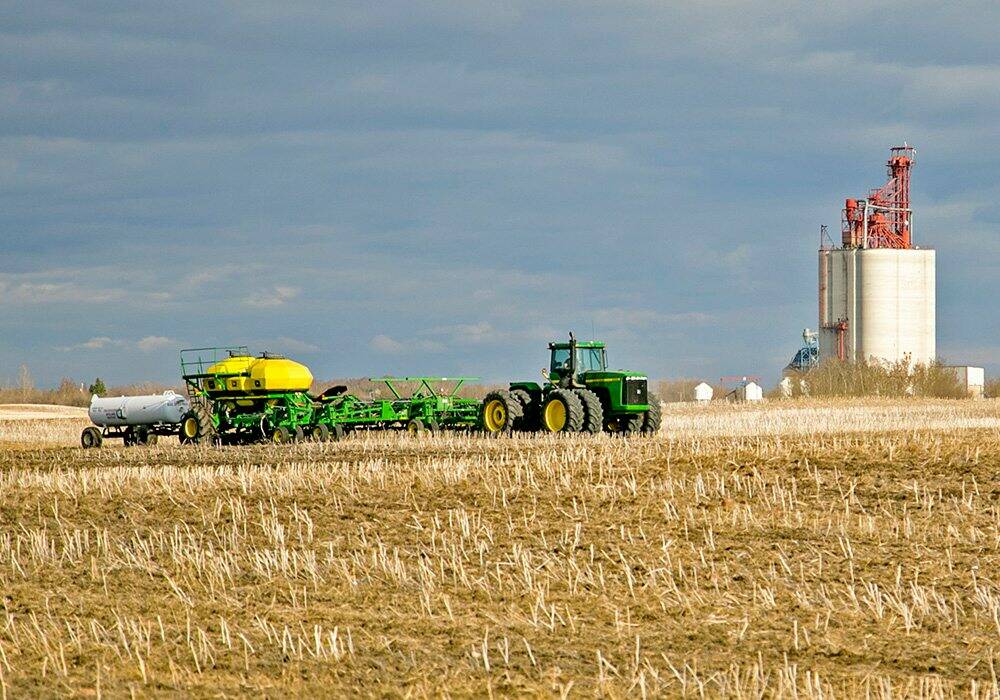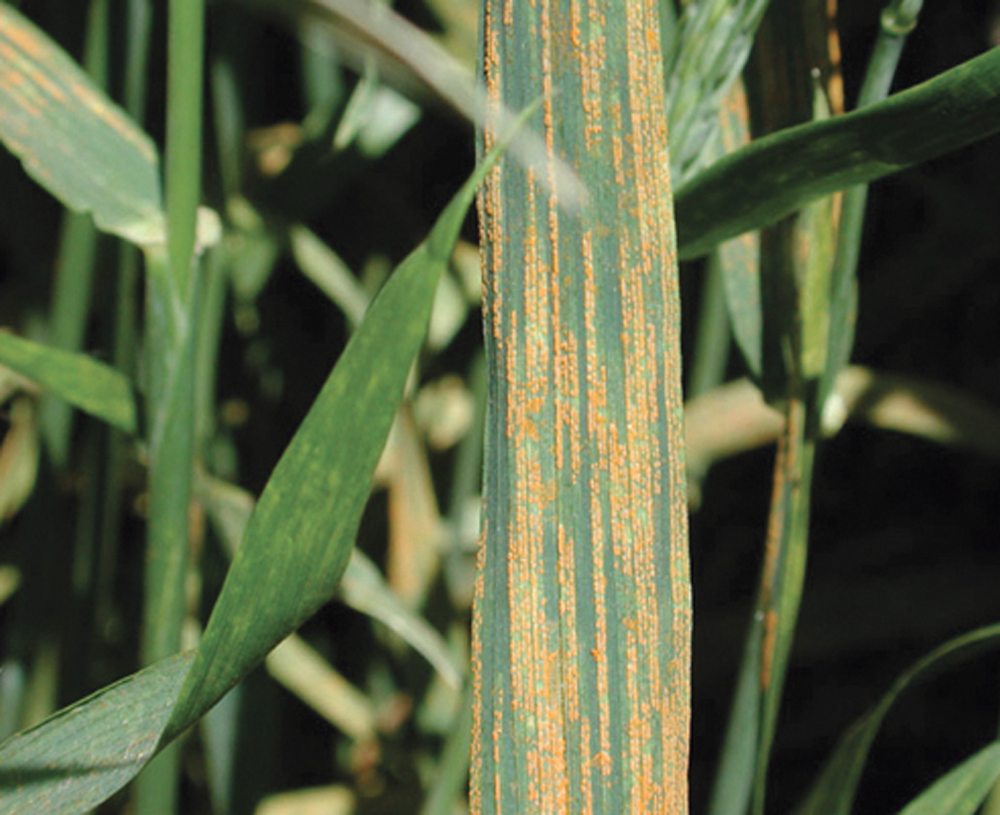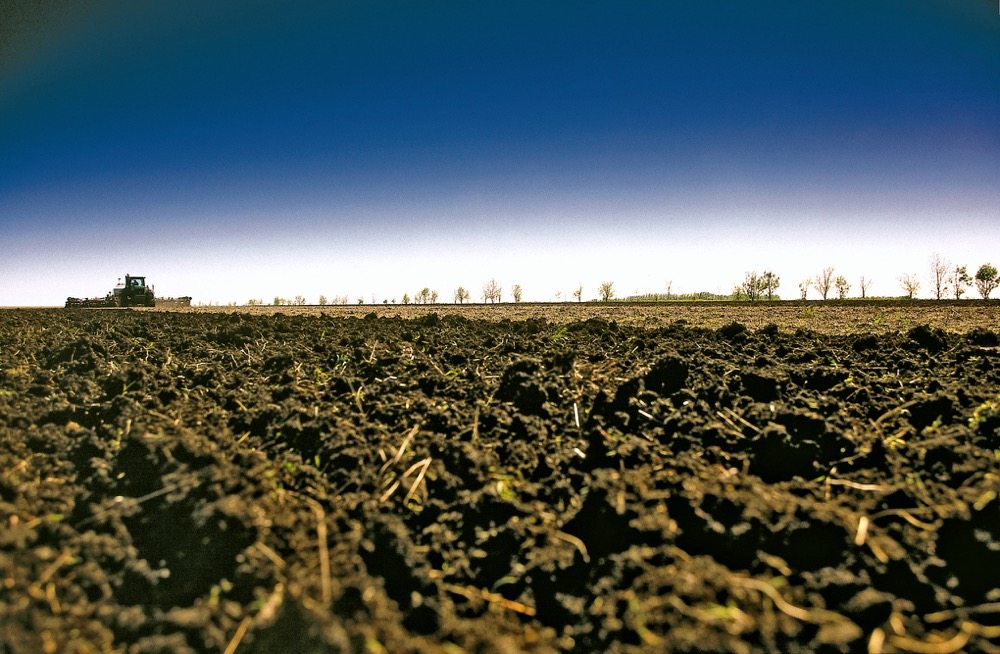There’s wild oats, and then there’s “wild” oats.
For researchers looking for genes that could improve the ability of domesticated varieties to fend off crown and stem rust, the wild oats that everyone loves to hate – avena fatua – is not even considered a contender.
Although it looks tough, tall and hardy, it’s not in terms of disease resistance.
“The pathologists call it one of the worst magnets for crown rust and stem rust that we know,” said Jennifer Mitchell Fetch, lead investigator for the Integrated Oat Improvement project at Manitoba’s Cereal Research Centre (CRC) in Portage la Prairie.
Read Also

Better data on fertilizer emissions with the Internet of Things
Web of soil sensors looks for live insights on farm greenhouse gas emissions and nitrogen fertilizer application.
That said, nobody has really looked hard to see if some strains or populations of the wild oats that can be found in virtually every Manitoba field might have rust resistance, she added.
But there’s a good reason why. Even if the genes were found and used as a cross with avena sativa, or common oats, they might eventually spread back and make the general population of wild oats resistant, too.
Instead, the CRC researchers are looking at oat cultivars that people in other countries might consider to be weeds, such as avena sterilis, avena strigosa and others, that aren’t commonly found here.
One, avena byzantina, or red oats, is still grown as a crop in some countries, but is considered a weed in others.
“They don’t grow so easily in Canada, so they haven’t become a weedy species here yet,” she said.
Some of the species may offer disease resistance, while others may contain improved nutritional quality traits. The researchers are looking at a large number of them with the goal of locating genetic markers for traits offering a range of agronomic and health benefits, as well as disease resistance.
Last year saw quite a bit of crown rust in the oat crop, which in a wide band from Portage to Edmonton, represents most of North America’s milling oat production, said Mitchell Fetch. This year was generally too cool for rust to gain a foothold.
Stem rust spores blow in from the Gulf of Mexico aboard the “Puccinia pathway.” Crown rust can follow a similar path, or it can overwinter on local buckthorn plants and even generate new, potentially more destructive strains via sexual recombination.
Both typically need extended warm, humid weather to cause crop damage, but Mitchell Fetch noted that in her nursery this year, stem rust was “quite happy” with the wet, cool weather.
“There’s always a possibility that if we
“There’s always a possibility that if we have a similar climate next year or for several years in a row, we might get a buildup of stem rust.”
– JENNIFER MITCHELL FETCH
have a similar climate next year or for several years in a row, we might get a buildup of stem rust,” she said.
“Stem rust is one of the worst pathogens on cereals. There are fungicides that are available, but it’s much better to have a genetically resistant crop.”
Past breakthroughs in the oat research program include the new Leggett, Stainless, and Summit registered oat varieties, all of which offer some degree of resistance to current strains of crown and stem rust.
Mitchell Fetch said that the latest varieties to come out of the program offer different disease resistance packages based on different genes. Having separate options builds multiple lines of defence against the pathogen.
“That doesn’t put pressure on the crown rust pathogen to overcome the genetic resistance in the oat crop quite as quickly,” she said, adding that Leggett has better beta-glucan fibre qualities, [email protected]














